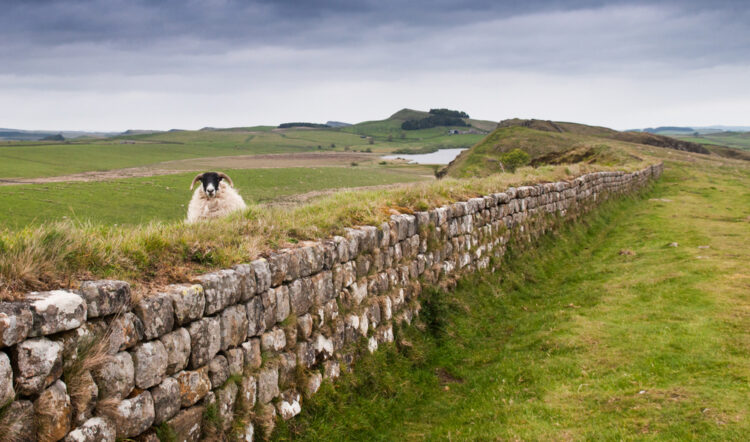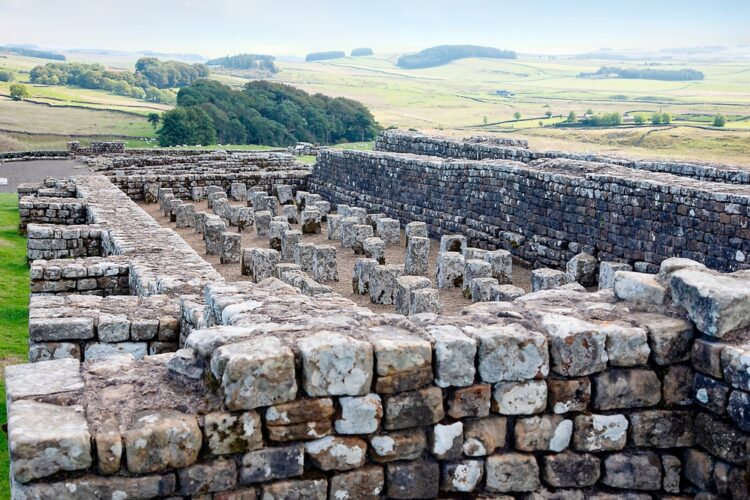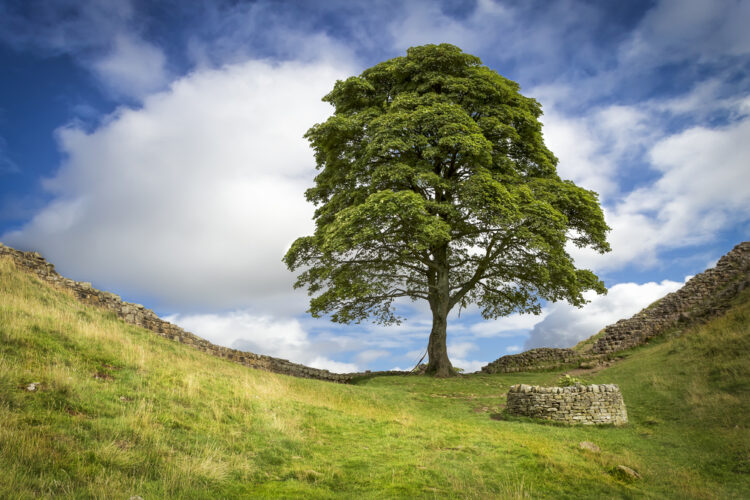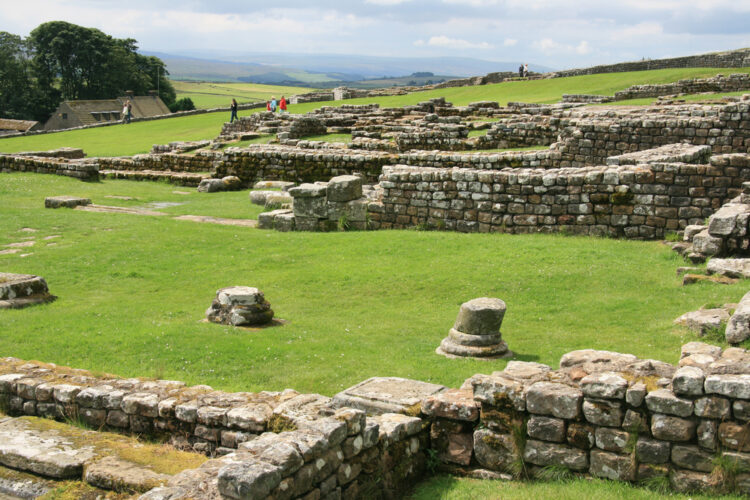Hadrian’s Wall is a historically significant monument representing the northern frontier of the Roman Empire in Britain. Constructed under the rule of Emperor Hadrian, the wall’s purpose, dimensions, and preservation efforts make it a fascinating subject of study for historians, archaeologists, and tourists alike.
Hadrian’s Wall was built by Roman legions under the rule of Emperor Hadrian, who ascended to the throne in 117 AD. During his reign, he visited Britain in 122 AD and, in a significant departure from the expansionist policy of his predecessor, decided to consolidate the empire’s territories instead of expanding them. The construction of the wall began in the same year and took approximately six years to complete.

The wall was primarily a defensive fortification, designed to keep the northern tribes of Picts and Scots at bay. It served as a physical marker of the northernmost boundary of the Roman Empire in Britain, displaying the might and reach of Rome. In addition, it allowed the Romans to control trade and movement, acting as a customs post to collect taxes and monitor immigration and emigration.
Originally, Hadrian’s Wall stretched from the banks of the River Tyne near the North Sea to the Solway Firth on the Irish Sea. The wall was approximately 73 miles (or about 117 kilometers) long. It was roughly 15 feet high and 10 feet wide, with a small fort, or ‘milecastle,’ every Roman mile (about 1.48 kilometers). These milecastles housed a garrison of about 20-30 troops. Larger forts were also interspersed along the wall, each housing up to 500 soldiers.

Over the centuries, Hadrian’s Wall has suffered from both natural erosion and human activity, with stones being removed for local construction projects. As of 2023, major sections of the wall remain intact, particularly around the central sector near Hexham and Haltwhistle. However, the majority of the original structure has been lost.
The wall is currently under the protection of several organizations, including English Heritage, the National Trust, and Hadrian’s Wall Trust. These organizations work in conjunction to protect and conserve this historical site. The entire length of the wall also forms part of the Hadrian’s Wall Path, a long-distance footpath that is particularly popular with hikers.
Hadrian’s Wall has been the focus of numerous archaeological investigations, yielding a wealth of artifacts and insights into Roman Britain. Excavations have unearthed Roman coins, pottery, weapons, and personal items of soldiers stationed along the wall.

One of the most significant discoveries is the Vindolanda Tablets – a collection of handwritten wooden leaf-tablets that provide a wealth of information about the life of Roman soldiers. Found near the Vindolanda fort, these tablets provide a first-hand account of the social history of Roman Britain, including details about the soldiers’ diet, their letters home, and even birthday party invitations.
Hadrian’s Wall is more than a historical monument; it is a tangible link to our past, providing insights into the Roman Empire’s military, economic, and social aspects. Efforts to protect and explore this archaeological treasure continue, ensuring that future generations can appreciate this unique window into history.


